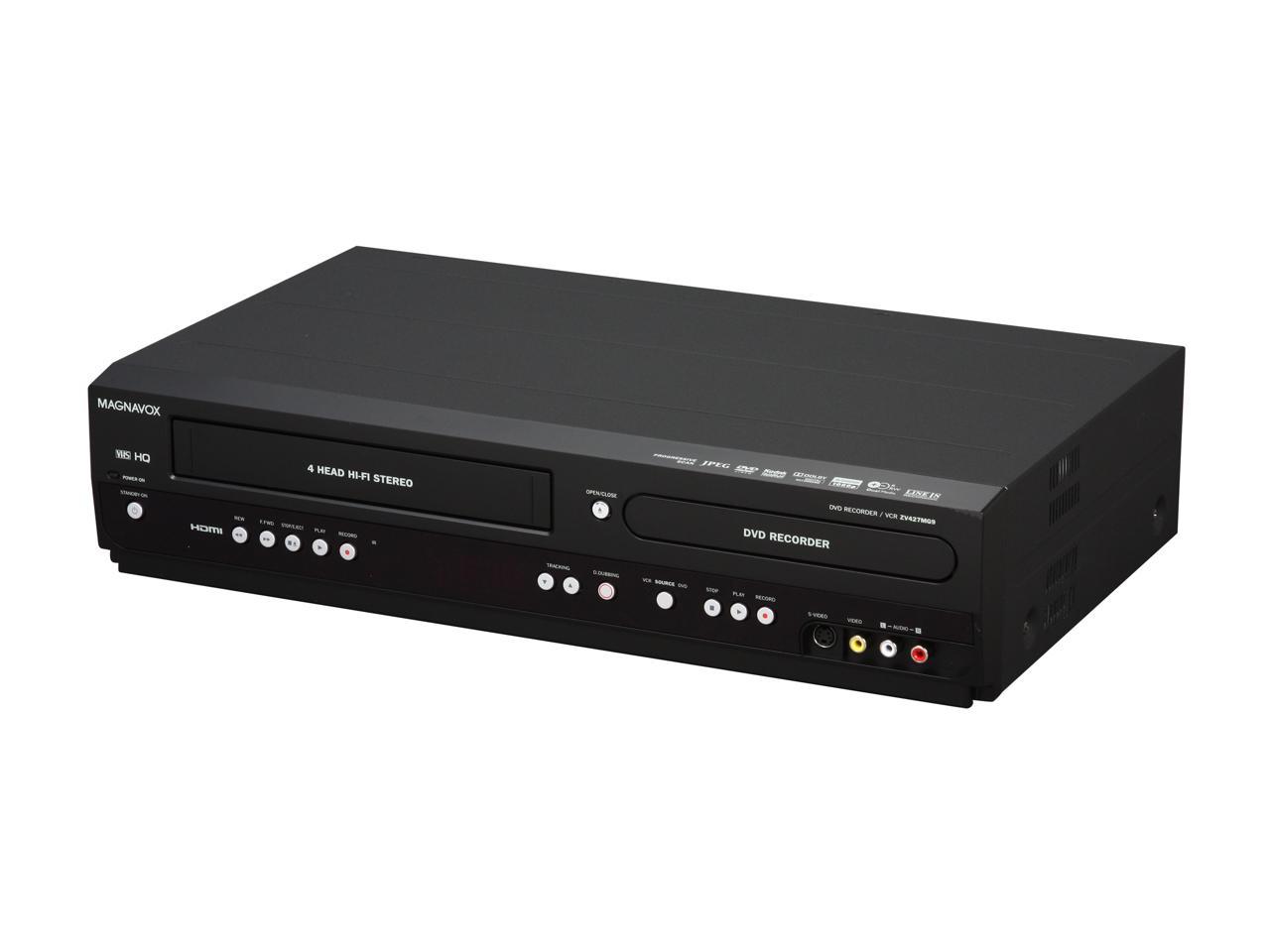Address
81 Spring Cove Rd. Swannanoa, NC 28778-3615IP Video Recorders
There is a plethora of IP video recorders for sale at the moment, and it takes a genuine determination to learn about them all
1.) The “Stand Alone DVR” is the oldest and still the most common hardware on the market. It works very much like any audiovisual appliance you might have in your house. It turns on with the push of a button, and it will work as long as the power is available. Newer DVRs even have a feature that will turn the unit back on once the power has returned in the event of a power failure. A very nice feature for remote locations! These units come with 4, 8, 16, and 32 channels of video available and often have audio as well. Their Function is to take the analog video signal received from the cameras and convert it into a digital image. The digital image is then compressed using a specific codec, the best and most popular being H.264. The digital data is then stored on a hard drive that can be either internal or external. An Ethernet port allows for simple and complete integration onto any network or for remote viewing.
2.) The “PC Based DVR” is a newer addition to the video recording world, but it still has a long track record. The idea was that there was no need to sell an entire DVR when it was really only one piece of hardware that was necessary for the video capture. Any low end off shelf windows based PC could be used as a DVR if a simple PCI card were added. This made DVRs more affordable and greatly increased their use. The only problem with this system was that Windows-based PCs are susceptible to crashing, and this is never a good thing with security. The other benefit is that with the right software, IP cameras can be added to the system and the result would be a “hybrid” IP video. The difference between the IP cameras and the analog cameras is that the analog to digital conversion takes place in the camera instead of the DVR. The IP camera then sends the digital data in an Ethernet stream to the switch which directs it to the hybrid DVR. There is also a device called a “video server” which performs the analog to digital conversion in place of the DVR. These are used when the end-user wants to use analog cameras with his NVR software.
3.) There is also a stand-alone DVR that works as a hybrid. Bosch makes one of these, and it provides the functionality of the PC based hybrid DVR with the stability and ease of operation of a stand-alone. While this may seem perfect, the price is correspondingly high.
4.) A “Stand Alone NVR” functions in much the same way as a stand-alone DVR except that there don’t have to be direct connections to the camera. The unit can simply plug into the network like any other Ethernet appliance. Such units generally have a Linux OS, so the virus problem instability of a Windows-based system is avoided. They are pre-configured to handle a certain amount of cameras as well as a certain amount of pixels/data. Keep this in mind when sizing your equipment.
5. Then there is the “PC Based NVR” which is simply a properly spec’d Windows-based PC with IP video software installed on it. There are more IP video suppliers than I can name, but my favorite is NUUO. NUUO sells its software in 4 channel blocks, while other producers often sell theirs per channel. This solution is also being referred to as a VMS (Video Management System).


